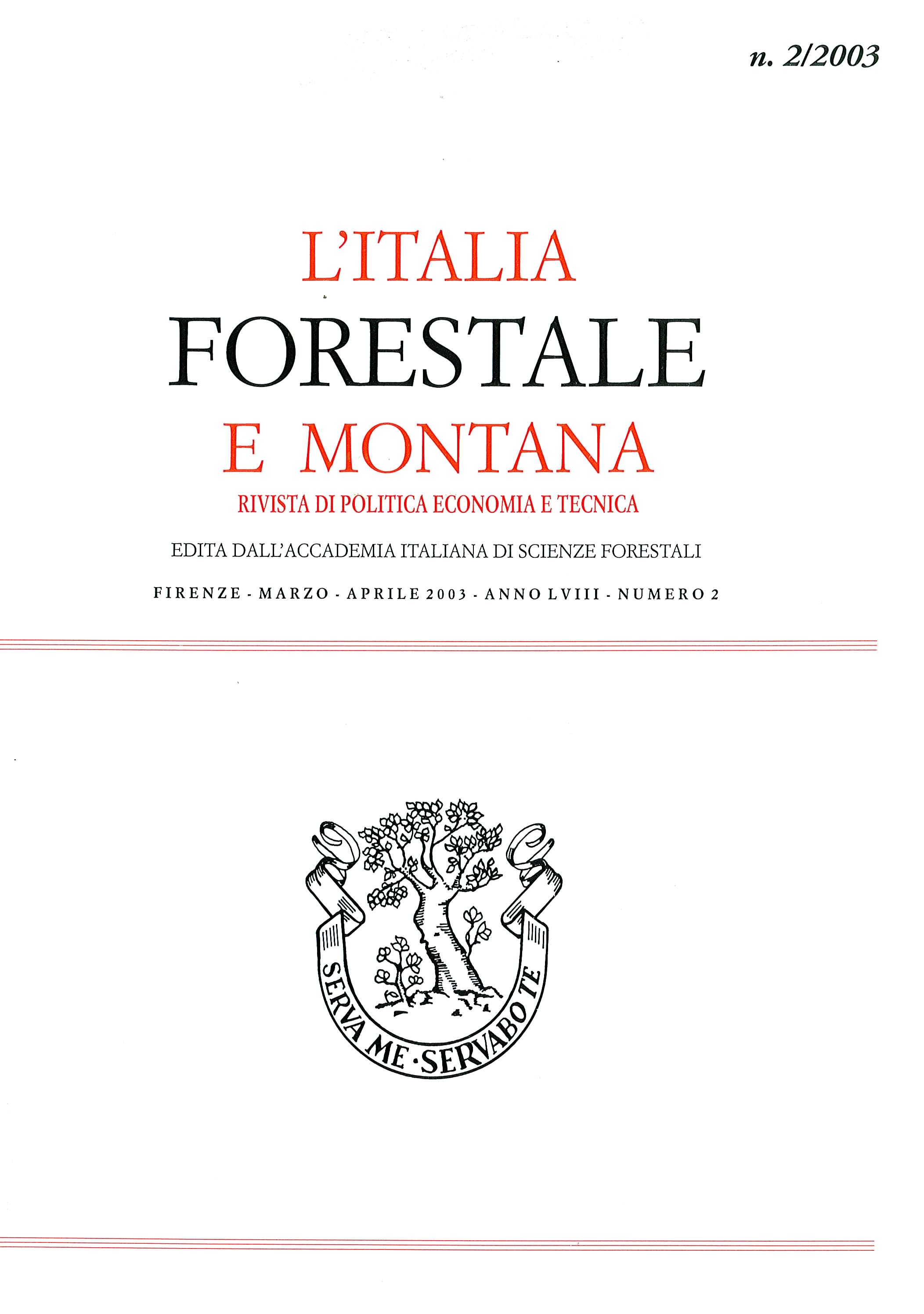Biodiversity conservation in forest systems. 3. Biodiversity, forest management and the scientific method
Published 2003-04-30
Keywords
- Biodiversity,
- management,
- forest systems,
- scientific method
Copyright (c) 2013 Italian Journal of Forest and Mountain Environments

This work is licensed under a Creative Commons Attribution-NonCommercial 4.0 International License.
Abstract
After having discussed in previous articles the main theories that animate the debate on biodiversity, the Authors examine how foresters address the complex question of biodiversity conservation. The degree of biodiversity is often evaluated in relation to the number of species of plants or animals that grow in a particular area. In this approach much effort is devoted to defining appropriate cultivation techniques. The forestry literature here examined basically confronts the «biodiversity question» according to the classical scientific paradigm, i.e. the problem is reduced to singular aspects, and the solution is searched for in terms of appropriate silvicultural treatment and utilization techniques. But the complexity of the «biodiversity question» does not admit simplistic solutions. Several keystone concepts are proposed with the aim of contributing to the debate. These refer to the scientific method, to the relationship between classic silviculture and forest simplification, to the time-space dimension and to the value of biodiversity. The Authors conclude that forest management must rely on the responsibility principle and the precautionary principle. The aim is not only that of obtaining economic return or efficiency, but also that of understanding the sense of life that is embedded in diversity.

